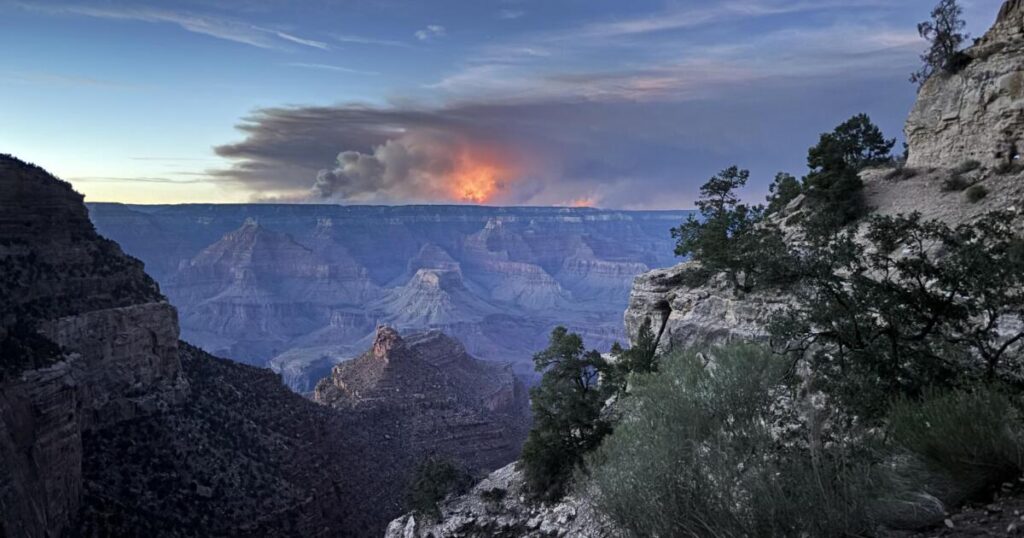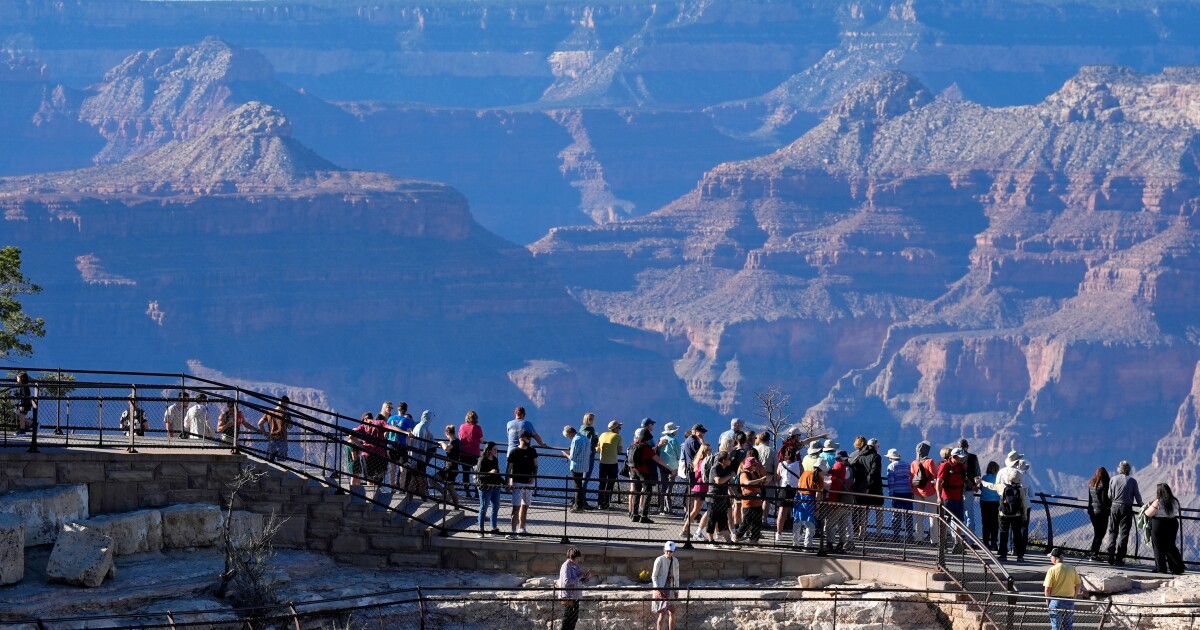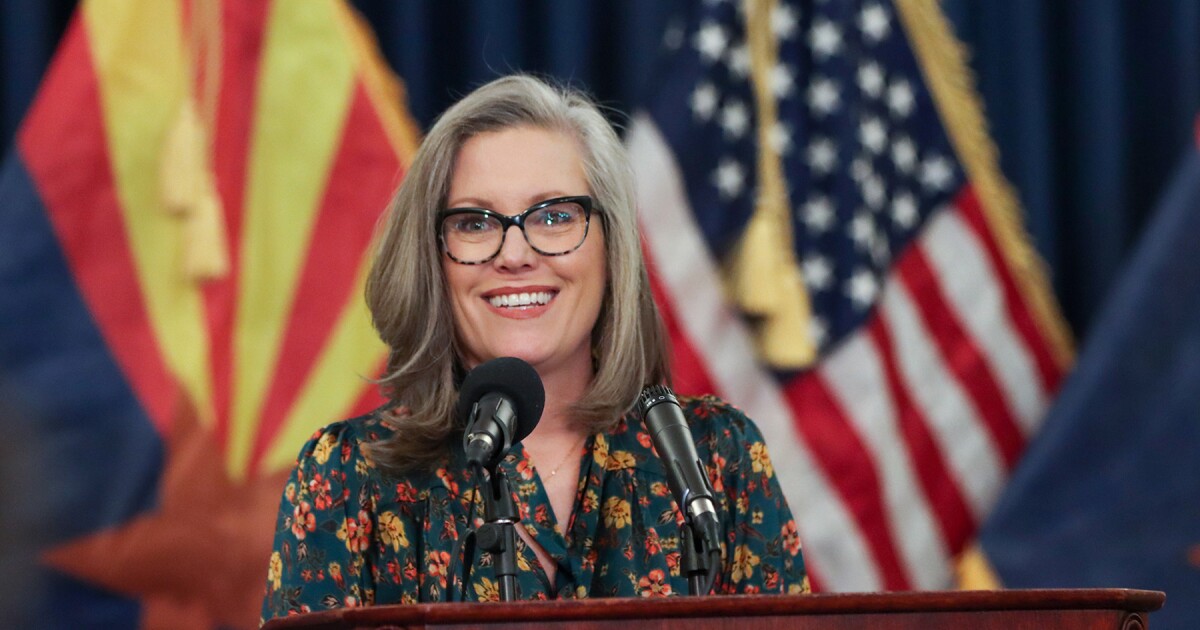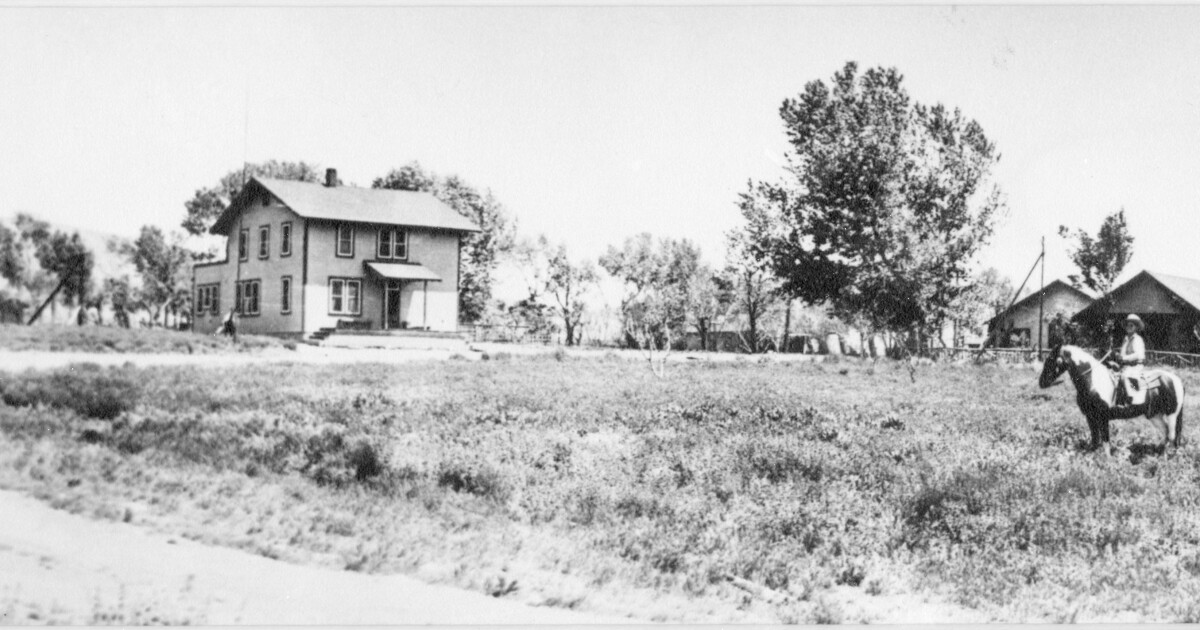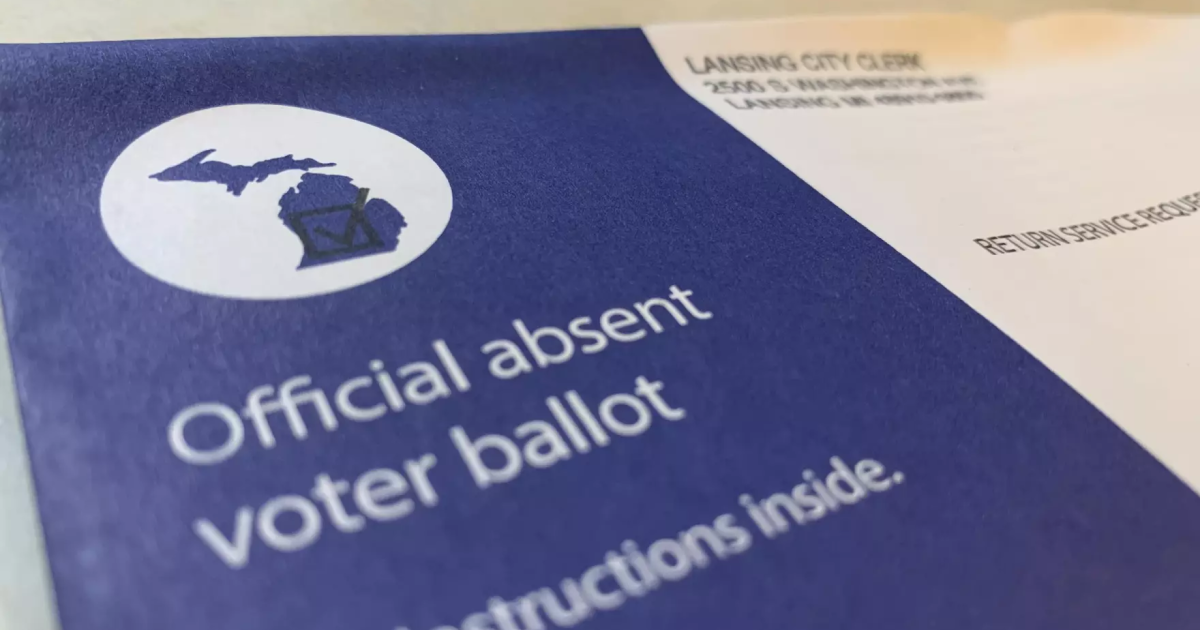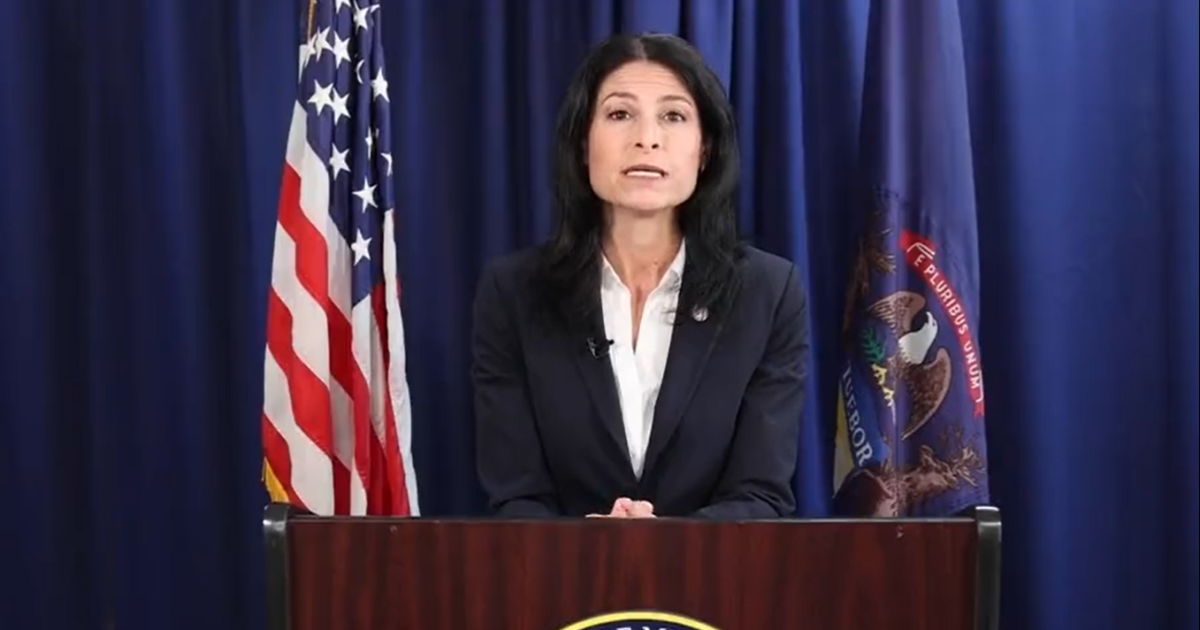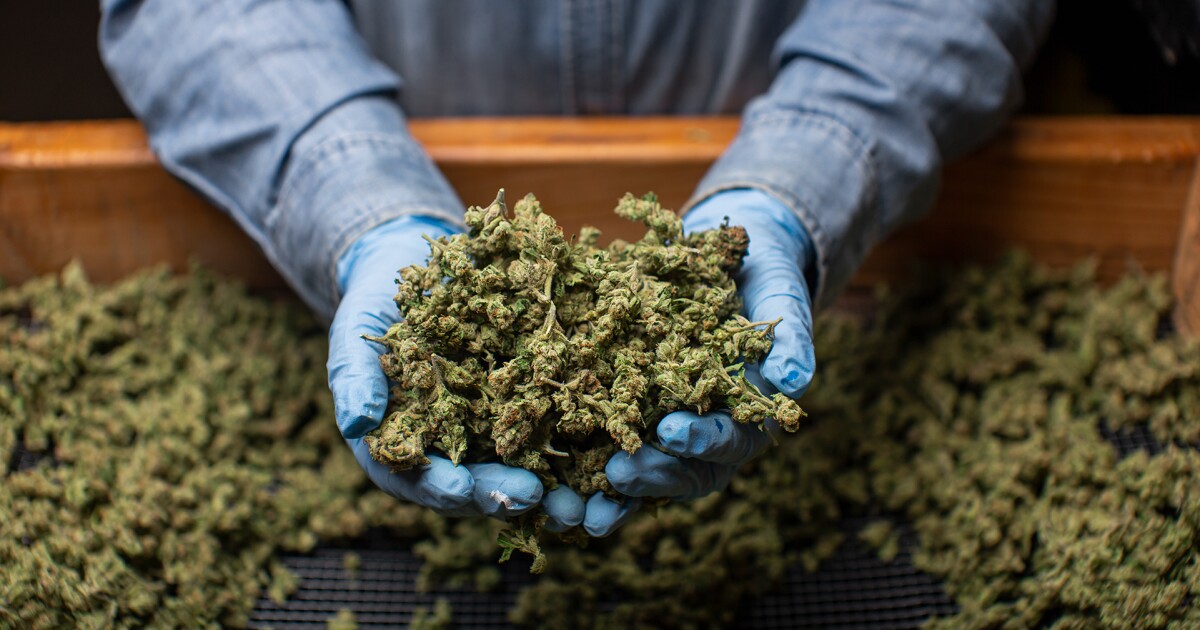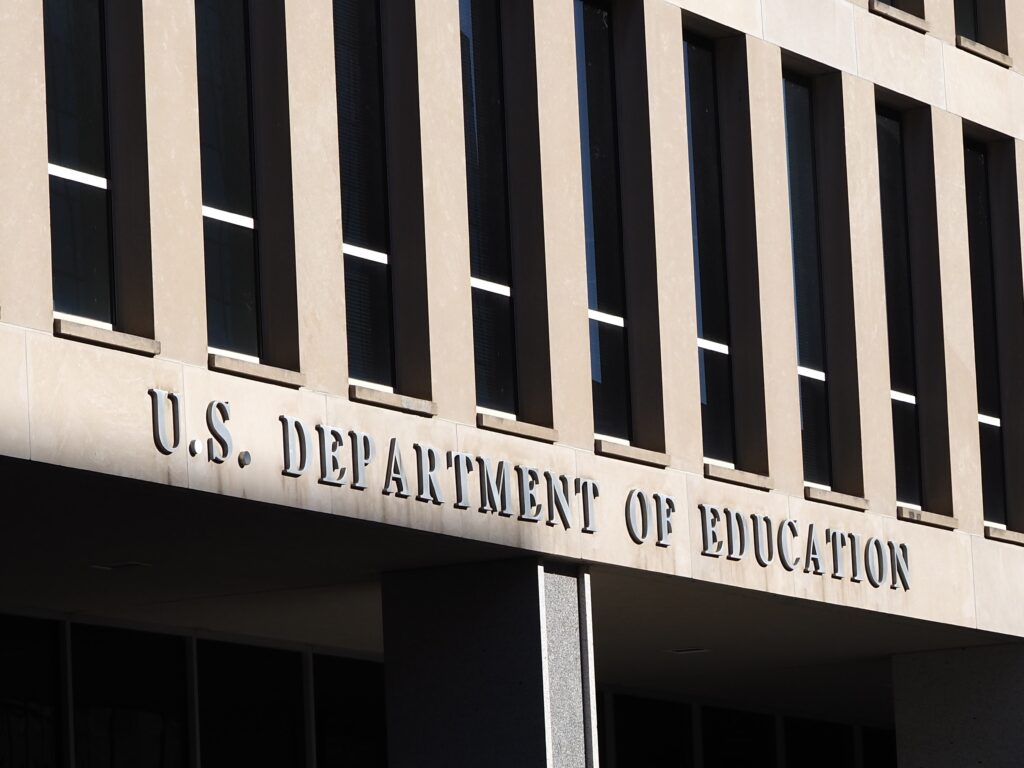The management of the Grand Canyon National Park is under scrutiny following allegations that it failed to adhere to its wildfire management guidelines during the development of the Dragon Bravo Fire. This blaze is now recognized as the largest in the Grand Canyon’s history and ranks seventh in Arizona’s recorded history.
The Arizona Republic’s recent report has fueled Governor Katie Hobbs’ demands for an investigation into the incident. Despite repeated requests for comment, Grand Canyon National Park officials have remained silent on the matter.
In an interview with KNAU, journalists Stephanie Murray and Robert Anglen, who uncovered the story, discussed the discrepancies between the park’s fire management strategy and actions taken before the fire escalated. The park’s fire management plan identifies four critical weather conditions—temperature, humidity, wind speed, and wind gusts—that, if met, indicate a high risk for fire escalation.
ROBERT ANGLEN: “The fire management plan has four set criteria. It’s temperature, it’s humidity, it’s wind speed, and wind gust. They call them ‘critical local thresholds.’ So if these four things are met, you have a potential of a very bad fire.”
According to Murray, by July 6, just two days after the fire was ignited by lightning, weather conditions began nearing these critical thresholds. By July 10, three of these conditions were exceeded: temperatures surpassed 70 degrees, humidity dropped below 15%, and wind gusts rose above 15 miles per hour. Wind speed was only slightly below the threshold, indicating the growing risk well before the fire expanded beyond control.
STEPHANIE MURRAY: “I think of a metaphor of, kind of, four big red warning lights. There were three that were on, metaphorically, and the fourth one was almost there a day before this fire got out of control.”
Despite these indicators, the Park Service publicly assured that the fire was managed under a “contain and confine” strategy, yet their social media posts suggested otherwise. They maintained that the fire was being allowed to clear natural fuel, only mentioning suppression efforts hours before the Grand Canyon Lodge was engulfed.
ROBERT ANGLEN: “Post after post on social media, their public presence, they were talking about how they were letting it burn natural fuel, you know, brush and trees that needed to be thinned out. And they said that day after day after day.”
Murray was particularly struck by the consistency of critical weather conditions with the fire management plan, which was largely based on outdated data. This mismanagement, as Anglen notes, resulted in a fire that was both inevitable and predictable.
ADRIAN SKABELUND: “What was your main takeaway from the reporting that you did for this story?”
MURRAY: “I was pretty blown away after looking at this fire management plan and then pulling up that National Weather Service data and looking for those critical thresholds. Those jumped off the page at me right away.”
ANGLEN: “The top line for me is mismanagement. These plans are built years in advance…and they just didn’t follow their own guidelines in the approach to this fire.”
—
Read More Arizona News

